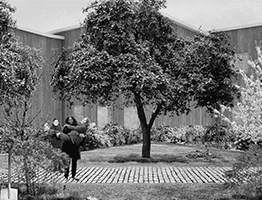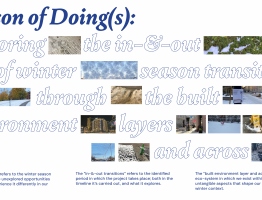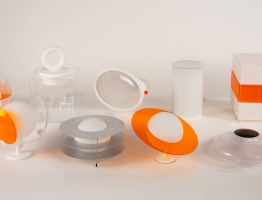Diplomprosjekt
Vår 2023
Institutt for arkitektur
The Tool Factory is a diploma project about Redskapsfabrikken in Nydalen, Oslo. Built in 1878 on the westside of Akerselva by Christiania Spigerverk, the factory upheld its production until September 2022.
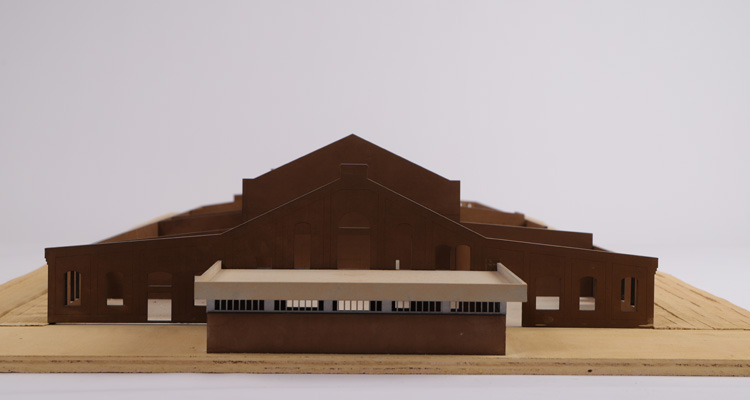
Industrial buildings are often given a new life through re–programming when the initial purpose of a building is defunct. Their facade often listed, but their interior reimagined with program as the spatial generator. When seeking to understand such buildings, we tend to focus on the representation of the facade, while the discussion of the interior spaces is often left untouched.
The Tool Factory is a project that utilizes spatial observations combined with archival research as a generator for understanding Redskapsfabrikken, an old industrial building in Nydalen, rather than a program–driven outset.

One of the most interesting aspects about the way Redskapsfabrikken has changed and developed over such an extensive time period – is the variation in spatial components.
The Howe trusses of the roof construction of each part of the mainship were all the same in the beginning, but over time they have each developed an expression unique to their particular story.
The columns of the factory vary in shape, size, color and expression, as they were added at different times.
The catalogue of windows of the factory contain everything from the typical camber windows of the 1800s with their characteristic arch, to small square windows added in the 1960s.
Though the additions in brick tell an important story of the volumes added to Redskapsfabrikken and how they have continously changed the expression of the facade, the interior spatial components show the effect of these additions, a document of a specific time period, over and over again.
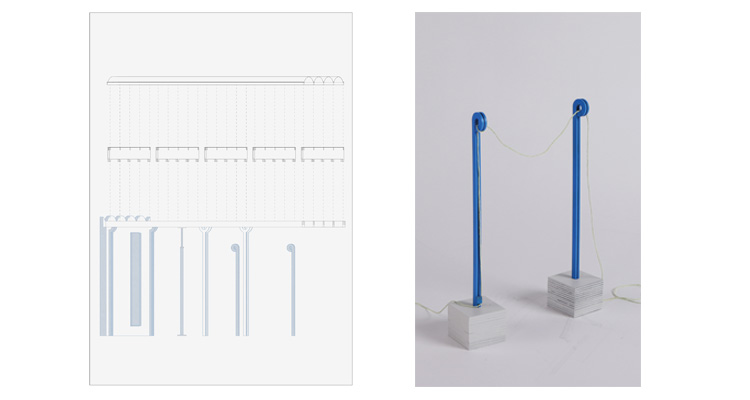
The tools are based on spatial components already present in the factory. Though the main physical expression of the additions were the volumes in brick, it was manifested though a series of components in the interior spaces of the building.
The tools are based on observations on how the roof construction has changed over time, the different shapes and sizes of the windows and the variations of columns.
The constructive center column is a load–bearing column, placed in the center line of a space.
The constructive wall column is a load–bearing column, partially embedded in the wall, spatially connected to the center column through a beam.
The flexible column is a load–bearing supportive column, easily adjusted in height and placed where needed.
The service column is a non–load–bearing column, that transports wires and cables.
The pivot window is an elongated window, the entire window pivoting vertically to open it.
The curved roof is a roof construction consisiting of a set of beams and curved steel plates, designed to be raised when needed.
All the tools are designed with the possibility of working as a complete system. Together they offer a way of working with the building that draws on its inherent physical components.

The existing components highlight what can emerge in a building when it is not planned as one specific thing all at once, but rather appearing slowly over time.
The new tools build upon an understanding of the existing, and are designed to work together in a system, as well as separately. They hold in them the ability to be utilized in the existing building individually, or more components together, in the case of a new addition.
In dialogue with the existing factory, the tools offer a method for working with an industrial building on the threshold of a new and uncertain future. The method builds on observations, archival material and accumulated knowledge about how individual added components in the building make up a whole. It looks for ways to think about an industrial building anew, with the actual building as the premise, not a given program.
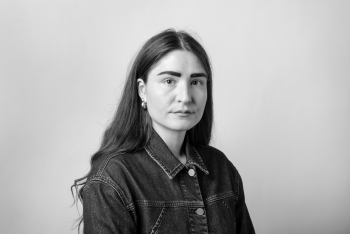
Alexandra Djupeland / alexandra.djupeland@gmail.com

